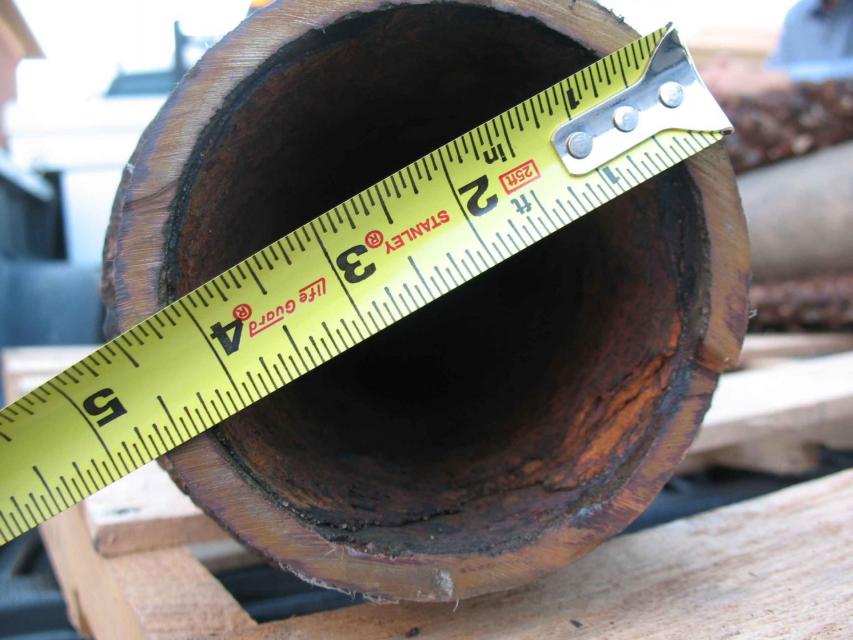Latest Western Water Examines Consequences to Wastewater Systems and Recycling From California’s Drive to Save Water
Lower flows damage equipment, concentrate waste and stink up neighborhoods; should water conservation focus shift outdoors?
 Californians have been doing an
exceptional job reducing their indoor water use, helping the
state survive the most recent drought. With more droughts
inevitable, Californians are likely to face even greater calls to
save water in the future.
Californians have been doing an
exceptional job reducing their indoor water use, helping the
state survive the most recent drought. With more droughts
inevitable, Californians are likely to face even greater calls to
save water in the future.
However, less water used in the home for clothes washing and toilet flushing means less water flowing out and pushing waste through the sewers. That has created a host of complications (including stinking neighborhoods and damaged treatment equipment), some of which add to the cost of treating wastewater. It also means less recycled water for such things as irrigating parks, replenishing groundwater or keeping rivers vibrant for fish and wildlife.
Western Water’s Gary Pitzer examined these consequences of conservation, implications for water recycling, how wastewater agencies are trying to respond — and how some are suggesting the state’s water conservation focus should shift more to trimming outdoor water use instead of indoor use. Read the full story here.
The article is the latest published in Western Water, the Foundation’s flagship news magazine providing in-depth coverage of water resource issues in California and the West since 1977.
Now online, Western Water is put together by the Foundation’s team of journalists — Executive Director Jenn Bowles, News & Publications Director Doug Beeman and chief writer Gary Pitzer – who have deep experience covering natural resources in California and the West. In addition, veteran journalist Matt Weiser manages the Foundation’s daily Aquafornia news service.
You can read our latest article — and other coverage — at www.watereducation.org/WesternWater. You can also get emails sent directly to you with the latest Western Water article by signing up here.








